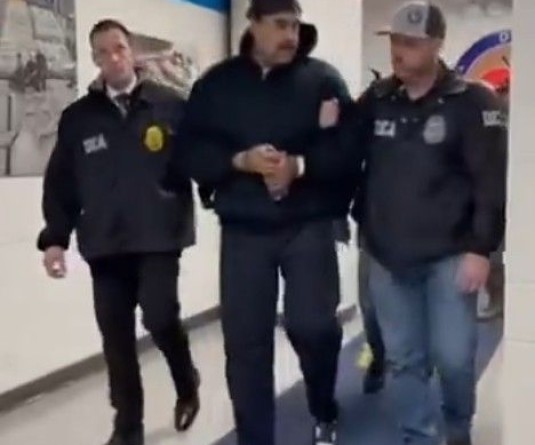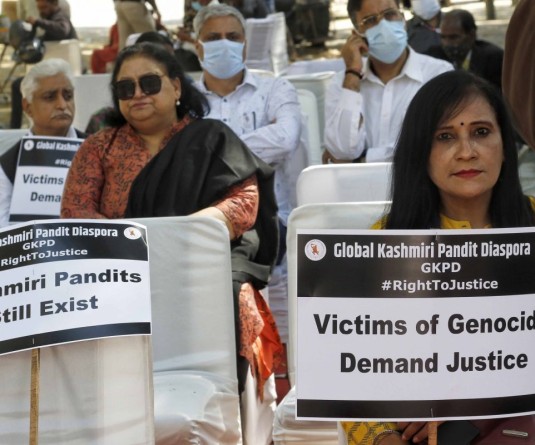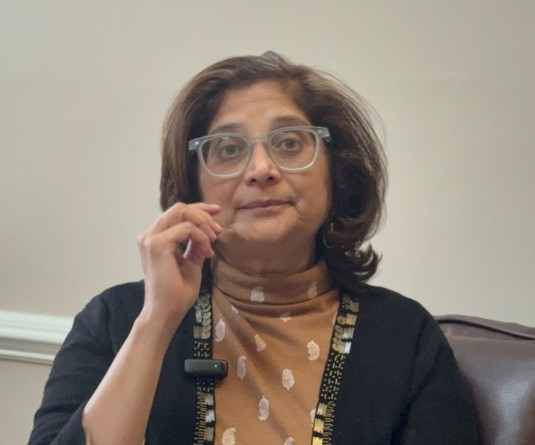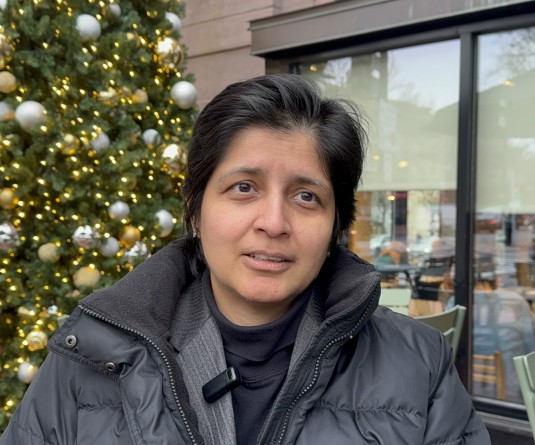Interview with artist Anpu Varkey. (IANS Photo)
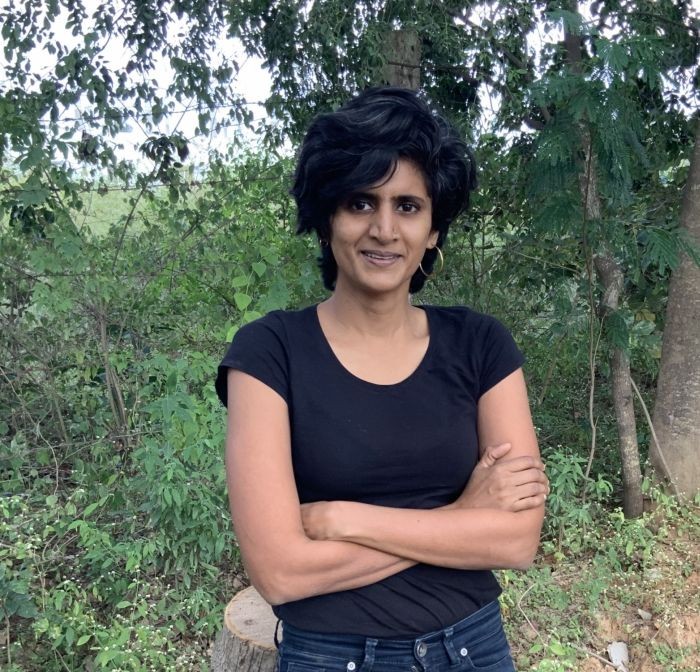
New Delhi, February 18 (IANS) She comes to the street with an unburdened mind. You can expect her to paint an asteroid, a doormat or anything she fancies. There is no space for constraint. Aspects of life, death and decay can take shape on the wall. In fact, what really excites Anpu Varkey, a New Delhi-based painter and street artist is imagining possibilities.
"Also the generosity of the people who come by and share a story with me, offer me tea, listening to the local gossip, hanging around people who feel they know more about art, secretly wishing they were artists too adds to its allure. This is still a largely undiscovered platform," says the young artist who is part of KNMA's 'Art Meets Street'.
Varkey, who along with German artist Hendrik Beikirch created the larger than life mural of Mahatma Gandhi at the Delhi Police headquarters feels that for a private person like her, working in a public space is nothing short of performative.
Adding that engaging with people of different backgrounds and ages has been a good learning for someone who was cooped up in a studio, she says, "I have stopped telling people what I think for I am more curious about what they think or feel about a work. Being on the streets has helped me overcome myself, or the way in which I had trained myself to be. I was an introverted studio painter who felt that she did not have the skills or patience to evolve."
Admitting that street art is not really a movement in India, she feels that it is mostly about corporate funded murals with a social responsibility angle.
"It's nice to have murals on any walls, be it in small or big towns, but big walls means money and corporate funding. Also, the real movement will start from smaller walls which have no large funding or any incentive. Sadly most street art is just some homogenised design, fleetingly soothing."
Recalling that street art happened to her "very serendipitously", it was while living in Bremen that she encountered graffiti writers and started making her first stencils and learning to watch the streets. "When I moved back to Delhi, Aastha, a friend organised the first street art festival in Delhi called Extension Khirkee, and that's where I painted my first giant mural, nearly a decade ago."
"That's also the first time I climbed a shaky 25-foot bamboo ladder and I didn't feel scared or unnerved. It was like I was always meant to be outside and hanging from somewhere. That reminded me of childhood years. It's that elevated singular exalted feeling, that's how it's been for me, to come back to what was most important. To be a child again on the streets."
Varkey, who has also created silent comics including 'Jaba' and 'Summer's Children' says that she wanted to make them timeless, thus the absence of text. "Something you can read in 2100...Silent comics also breach a language barrier, the book becomes accessible to more people, irrespective of where they are from. Just like silent movies, it allows interpretation of a story with one's own understanding of culture and history. The effort is to make everyone participate in the story through a unique experience, which is unguided and immersive. The focus is also on the visuals, where you want the viewer to spend more time looking at a page and interpreting it."
The artist who mainly does her own work and seldom picks up commercial ones feels that her studio practice has undergone much change over the years. Concentrating on making different kinds of graphic books and sometimes animations too, the artist says that she likes to keep her street work different.
"I tend to get bored if I were to repeat myself with the same design in the studio. On the streets the works are momentary and usually it finishes within a week. In the studio, I have done projects that have gone on for years. Working my way through a small paper definitely needs a different skill set. The overlap is rare, but I started making and publishing comics after working on the streets. The DIY philosophy appeals to me."


